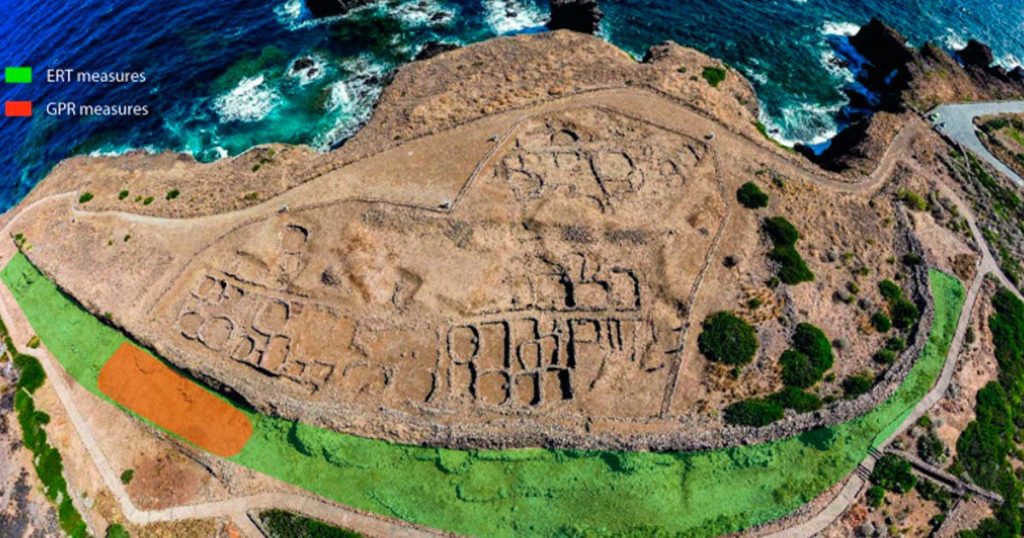Archaeologists, immersed in the remnants of a Middle Bronze Age settlement on the secluded Ustica Island in the Tyrrhenian Sea, have unveiled intricate details about the construction methods behind its elaborate fortification system. In a five-decade-long excavation at Faraglioni Village, ground-penetrating technologies have finally exposed new data, casting light on the monumental building practices of Ustica’s inhabitants during the mid-to-late second millennium BC.
Revealing the Strata of Faraglioni Village’s Defense

Other studies have demonstrated the effectiveness of subsurface survey techniques in exploring ancient structures, especially defensive fortifications. The fortification system at Faraglioni Village, known for its complexity, discloses intriguing and unconventional features, as highlighted in this groundbreaking study.
The Secrets of Ancient Italy’s Most Fortified Settlement

Guided by researchers from Italy’s National Institute of Geophysics and Volcanology (INGV), a dedicated team embarked on a quest to unveil the ‘hidden fortification system at Faraglioni.’ This encompasses a massive stone wall with supporting structures, guarding the village’s vulnerable sides, along with unexplored underground features. The Village of the Faraglioni thrived between 1400 and 1200 BC, boasting an orderly urban plan and a mighty wall, showcasing the settlers’ dedication to defense.
Delving into the Subterranean Mysteries
The fortification system, a testament to Middle Bronze Age ingenuity, includes both above-ground and underground structures. The researchers, comprised of geophysicists, geologists, archaeologists, and architects, focused intensely on studying the underground aspects. Non-invasive procedures, such as Electrical Resistivity Tomography (ERT) and Ground Penetrating Radar (GPR), delivered unprecedented results, revealing buried foundations and an outwork fortification system.
A Glimpse into Ustica’s Rich Past

Tiny Island, Grand History
Despite its diminutive size, Ustica, spanning just three miles in width, played host to significant Bronze Age activity. Sicilian settlers and Phoenicians established themselves, creating a bustling maritime hub. Faraglioni Village, perched on a bluff overlooking the Tyrrhenian Sea, emerged as the most prominent settlement, showcasing an exemplary urban plan and a formidable defensive wall.
Excavating the Past at Faraglioni Village
Commencing in the 1970s, excavations at Faraglioni Village revealed over 300 sturdy stone houses, a plethora of household goods, and a remarkable collection of 3,000-year-old pottery pieces. The settlers, believed to be Aeolians, constructed an extensive fortification system to safeguard against invasions. However, details about its construction and design remained elusive until recent ground-penetrating surveys.
Igniting Interest with New Discoveries
Architect Anna Russolillo and archaeologist Pierfrancesco Talamo express their excitement about the newfound revelations, stating their intent to delve deeper into unanswered questions regarding the defensive system and paint a clearer picture of daily life in this Middle Bronze Age community.
Conclusion
In deciphering the enigma of Ustica’s Bronze Age fortifications, researchers not only illuminated ancient defensive strategies but also sparked a renewed interest in Faraglioni Village. The journey continues as scientists strive to unearth more mysteries and provide a comprehensive understanding of this remarkable archaeological site.


